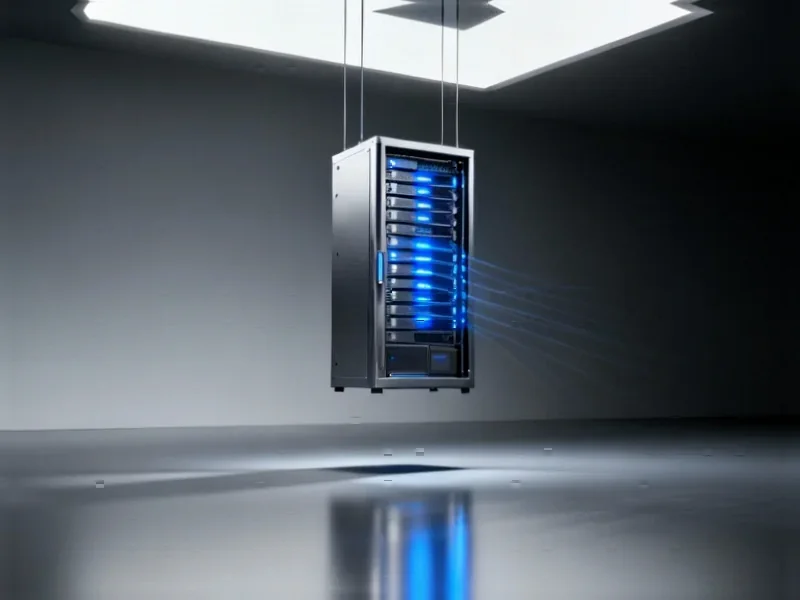According to Engineering News, South Africa’s municipalities are at a pivotal energy juncture, distributing approximately 40% of the country’s electricity while consuming over half of its energy according to OECD and CSIR data. The 71st Association of Municipal Electricity Utilities (AMEU) Convention, held from October 5-8, 2025 at the East London International Convention Centre, attracted hundreds of professionals including WEG representatives showcasing power transformers, generators, solar solutions, and energy storage systems. Key speakers included Minister of Electricity Dr Kgosientsho Ramokgopa and NERSA CEO Adv Nomalanga Sithole, with discussions focusing on smart technologies, AI implementation, and practical solutions like 1MW solar installations. WEG executives emphasized their commitment to addressing municipal challenges through local manufacturing, skills development, and comprehensive after-sales support, marking their return as exhibitors after a long absence. This convergence highlights the critical role municipalities play in shaping South Africa’s energy future.
Table of Contents
- The Quiet Revolution in Local Energy Markets
- Beyond Basic Power: The Transformer’s Evolving Role
- The Critical Skills Gap Nobody’s Talking About
- The Storage Imperative: Solar’s Missing Link
- The Regulatory Maze and Investment Uncertainty
- Realistic Pathways Forward
- Related Articles You May Find Interesting
The Quiet Revolution in Local Energy Markets
What makes South Africa’s municipal energy landscape particularly fascinating is how it represents a microcosm of global energy decentralization trends. Municipalities have become unexpected energy innovators precisely because they’re caught between rising consumer demands and national grid limitations. Unlike centralized energy systems where decisions flow top-down, municipal electricity distributors operate at the perfect scale for experimentation—large enough to matter but small enough to pivot quickly. This creates a laboratory for energy innovation that could potentially reshape how emerging markets approach electrification. The timing couldn’t be more critical, as aging infrastructure meets growing pressure for reliable, affordable power.
Beyond Basic Power: The Transformer’s Evolving Role
The emphasis on transformer technology at events like the AMEU convention reveals a deeper industry shift. Modern transformers are no longer simple voltage conversion devices—they’ve become intelligent grid management tools. What WEG and other manufacturers are really offering municipalities are systems that can handle bidirectional power flows from distributed generation, manage voltage fluctuations from solar inputs, and provide real-time data for grid optimization. This evolution from passive hardware to active grid participants represents a fundamental change in how we think about electricity distribution. The challenge isn’t just replacing old equipment but integrating new capabilities that can handle the complexity of modern energy mixes.
The Critical Skills Gap Nobody’s Talking About
While the Engineering News piece mentions skills shortages, the reality is more nuanced and potentially more damaging. Municipalities aren’t just missing technicians—they’re facing a comprehensive capability gap that spans technical design, financial modeling, regulatory compliance, and project management. The transition to sophisticated energy systems requires professionals who understand both the physics of power flow and the economics of energy trading. This creates a dangerous dependency on external vendors that could undermine long-term sustainability. The real test for companies like WEG Industries will be whether their knowledge transfer goes beyond basic equipment operation to encompass system design principles and maintenance philosophies that build genuine local capability.
The Storage Imperative: Solar’s Missing Link
What’s notably underemphasized in conventional discussions about municipal energy is the absolute necessity of storage solutions. The mention of 1MW solar installations sounds impressive, but without robust electricity storage, municipalities risk creating daytime energy gluts and evening shortages. Battery energy storage systems represent the crucial bridge between intermittent renewable generation and reliable 24/7 power delivery. The economics are challenging—storage adds significant upfront costs—but the alternative is building generation capacity that can’t effectively serve peak demand periods. Municipalities that crack the storage equation will gain substantial advantages in cost control and reliability.
The Regulatory Maze and Investment Uncertainty
Behind the optimistic convention discussions lies a complex regulatory landscape that could make or break municipal energy ambitions. South Africa’s energy regulations were designed for a centralized utility model, creating significant friction for municipal innovation. Issues like wheeling charges, grid access fees, and licensing requirements create uncertainty that discourages investment. Municipalities navigating this landscape need partners who understand not just technology but regulatory compliance and policy advocacy. The success of these energy transitions will depend as much on regulatory evolution as technological advancement, creating a dual challenge that requires coordinated effort across multiple stakeholders.
Realistic Pathways Forward
The enthusiasm at events like the AMEU convention is encouraging, but sustainable progress will require careful sequencing. Municipalities should prioritize projects that deliver quick wins while building toward more complex systems. Simple energy efficiency improvements and targeted solar installations can generate savings that fund more ambitious initiatives. The key is avoiding the temptation to leapfrog foundational capabilities in pursuit of cutting-edge solutions. Companies that can offer graduated pathways—from basic equipment to integrated smart systems—will find the most receptive audiences among municipalities balancing immediate needs with long-term transformation goals.
Related Articles You May Find Interesting
- Southern Africa’s Green Infrastructure Summit Targets $2.4T Climate Finance Gap
- Listening to Parkinson’s: How Brain Static Could Revolutionize Treatment
- The Human Algorithm: How Investors Read Founders Before Markets
- The AI Revolution in HR: Beyond Automation to Human Connection
- Japanese Stocks Rally on Dual Tailwinds: US Tech Strength and Yen Weakness



